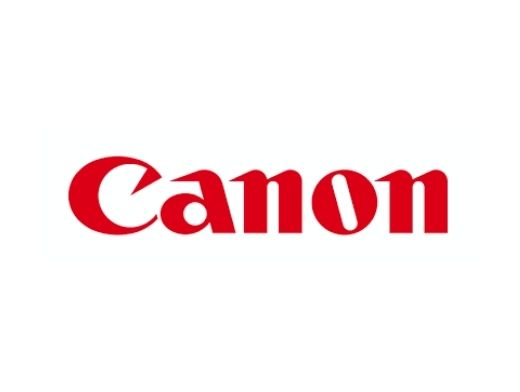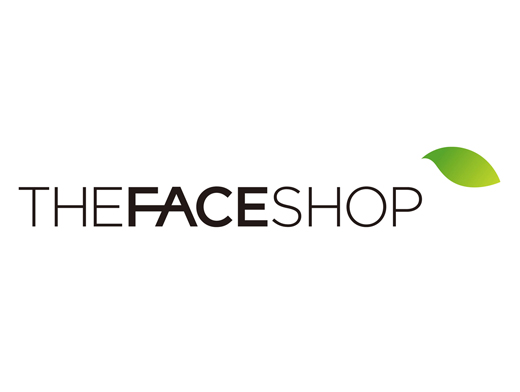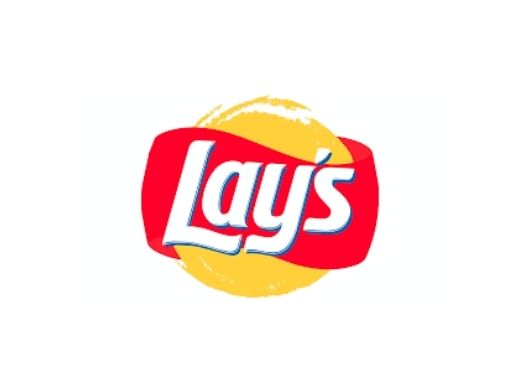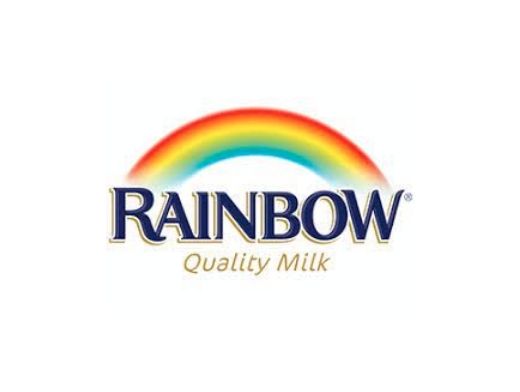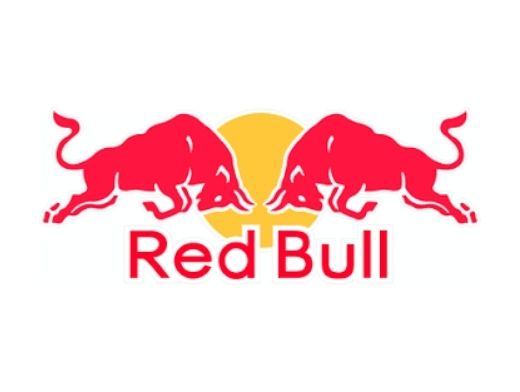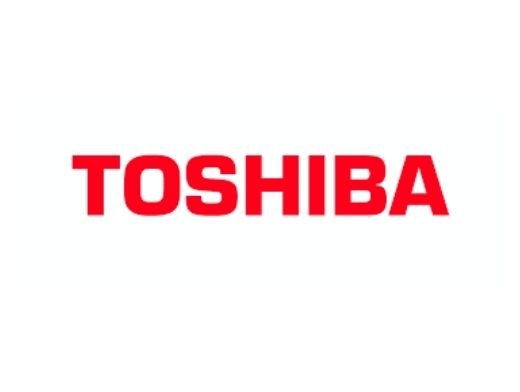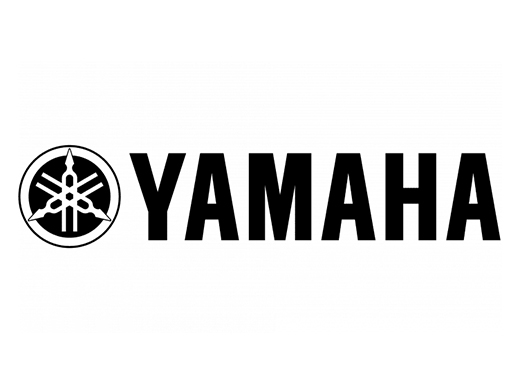Over the past few decades, video production has evolved dramatically, from a moving film reel to digital cameras and special effects. Videos have also gotten more diversified, transitioning from feature films to short TV productions and, more recently, digital streaming material and user-generated remarks. Modern video production techniques are more adaptable and entertaining than ever before, and they can meet a wide range of video marketing requirements.
Films and videos are no longer only for entertainment; firms who have engaged in internet video marketing have realized how effective video can be in reaching out to potential consumers. If a company is interested in video production, they must first understand the significance of colour. Colour is used to convey emotions, characterize objects, and elicit reactions from viewers. Colour grading and colour correction are editing procedures that can improve a video's content and make it more successful in capturing the attention of potential buyers.
How does colour correction work?
Have you ever pondered how a single movie scene could be filmed over the course of a week and still seem to happen all at once? Filmmakers have long struggled with the brightness of the sky and the saturation of the light, which is where colour correction comes in. In order to make the film appear consistent and more natural to the human eye, colour correction involves making sure that the light saturation levels appear the same in every relevant frame. Video footage's colour balance is nearly never accurate; depending on the time of day and the sun's location, it frequently seems brighter or darker.
Multiple approaches are used to adjust colour. Primarily correcting colours over the entire image is referred to as primary colour correction. The strength of shadows and whites, as well as the amounts of red, blue, and green, are all adjusted by video editors over the whole image. But with this method, changing only one hue may change the whole picture. Similar ideas are used in secondary colour correction, which can shield all of the colours in the image from being impacted by changes to the red, blue, or green hues or the image's light saturation levels. The majority of video editing programs today include automated colour correction.
What does colour grading truly mean?
Some movies evoke a feeling of dread, as though something sinister and foreboding is happening. You receive warmth, satisfaction, and optimism from others. The process of colour grading enables movies to take on a life of their own and intensify the emotions the creator wants the viewer to feel. Beyond colour correction, movies may be updated to provide a completely new, and possibly more powerful, visual tone for the project. The main objective of colour grading is to change images for communicative or aesthetically pleasing reasons. Thanks to colour grading, filmmakers and editors have the opportunity to tinker with and produce a colour "tone" that enhances the video's message. Online video commercials, for instance, will be desaturated and have a strong contrast between darker hues and whites if they want to have a more dramatic effect.
What exactly is cinematic colour grading?
Colour grading in film is a creative decision made by a creative individual or team on how to effectively depict the story being conveyed via the use of colour. Naturally, decisions made on set by the director of photography (DOP) and the director have a large impact on colour grading. If the production pipeline guaranteed that they were shot in the most flexible way possible (for example, RAW recording or filming in LOG format), decisions about colour grading could be made all the way up to the final cut.
The best colour grading tools
For those who create moving image material (opens in new tab), Davinci Resolve from Blackmagic Design is the best piece of software for learning colour grading. When Davinci Resolve first debuted, it was a colour grading program compatible with high-end hardware colour wheel workstations. In an effort to turn Blackmagic Design's software into a powerful creative tool, it has added editing and VFX capabilities. The fact that it is free for all artists on Mac, Windows, and Linux is the nicest part of all.
Film District UK is an award-winning and creative film and video production company in UK. The company started operations in Dubai and Mumbai in 2010. Film District UK is a video production company that specializes in video production, film production, corporate video production, promotional video production, commercial and music video production, live event video streaming, live event video production, virtual event video production, social media video production, testimonial video production, and animated explainer video production.














